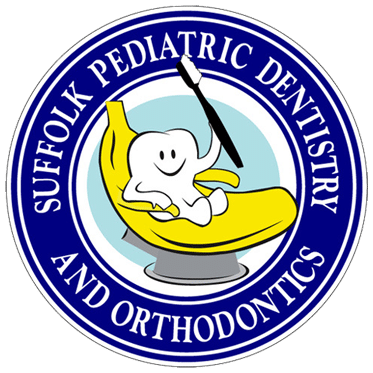“Will my child need braces?” Parents ask this question often. For some young patients, the answer is clear. For others, not so much. Thankfully, there are early signs that you can look out for, indicating that pediatric orthodontic treatment may be necessary down the road. Let’s take a closer look.
The Value in Early Evaluation
The American Association of Orthodontists recommends that kids see an orthodontist for an evaluation by the time they are seven years of age. This is when they have a mix of primary and permanent teeth that can show how the bite and jaw are developing.
Most patients this young will not be put into braces right away, but it can allow for monitoring growth so that intervention can take place at the most ideal time. The result? Treatment will often be less complex and not as lengthy.
Early Signs Your Child May Need Braces
As a parent, knowing whether or not your child is going to require braces in the near future means being able to be prepared for the investment. Your pediatric dentist will monitor the growth and development of your child's teeth and jaw during routine appointments. But, in the meantime, here are a few signs you can be looking out for.
Crowded or Overlapping Teeth
Having the right amount of space for each tooth is important to maintain good oral health. When teeth begin to look overcrowded or as if they are overlapping, braces may be needed. With their help, everything can be spaced out as it should be.
Difficulty Biting or Chewing
Does your little one struggle with biting into food or experience pain when chewing? Misaligned teeth can create these challenges—but orthodontic treatment can fix them.
Misaligned Bite
Kids with noticeable overbites, underbites, crossbites, and open bites can all benefit from orthodontic treatment. Those left untreated can disrupt chewing, speaking, and jaw health.
Early or Late Loss of Baby Teeth
Primary teeth erupt and act as spaceholders until the permanent teeth are ready to come through. If this happens too early or too late, it can disrupt the way the permanent teeth come in, causing a misalignment. This often requires orthodontic treatment.
Thumb Sucking or Extended Pacifier Use
Some young kids get in the habit of sucking their thumbs or using a pacifier. Doing this consistently for a prolonged period of time can lead to issues like an open bite or overjet. Taking action to break the habit and seek orthodontic treatment can undo the damage caused.
Mouth Breathing
Did you know that mouth breathing can be linked to issues with jaw development? While this is not always the case, some kids will benefit from orthodontic correction.
Speech Difficulties
Various speech concerns, like lisping, can be caused by issues with dental alignment. By undergoing orthodontic treatment and working with a speech therapist, any such barriers can be cleared up, and confidence can be boosted.
If you are noticing any of these signs, be sure to talk to your dentist or orthodontist about your concerns. This proactive approach can help you attain the right treatment at the right time.
Frequently Asked Questions
At what age do kids usually get braces?
Each kid is different, but most begin their orthodontic treatment between the ages of 9 and 14 years. Orthodontists often look for the majority of permanent teeth to be in place. There are many instances in which younger patients often benefit from early interceptive treatment first.
How long will my child need to wear braces?
Treatment length is directly correlated with the severity of the child’s orthodontic need. On average, braces work for about 28 to 24 months, give or take. If your child needs them, the orthodontist will give you a more direct timeframe.
At Suffolk Pediatric Dentistry & Orthodontics, we are here to meet your child’s dental and orthodontic needs every step of the way. Contact us today for a consultation.

